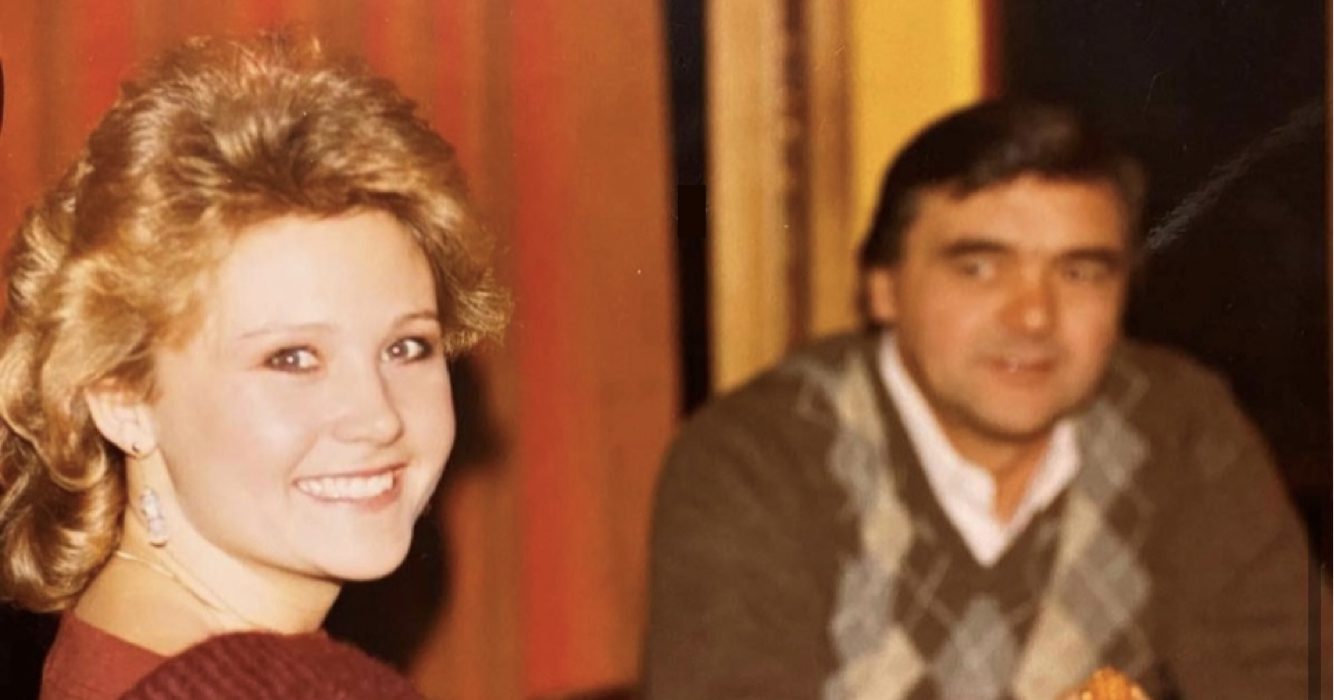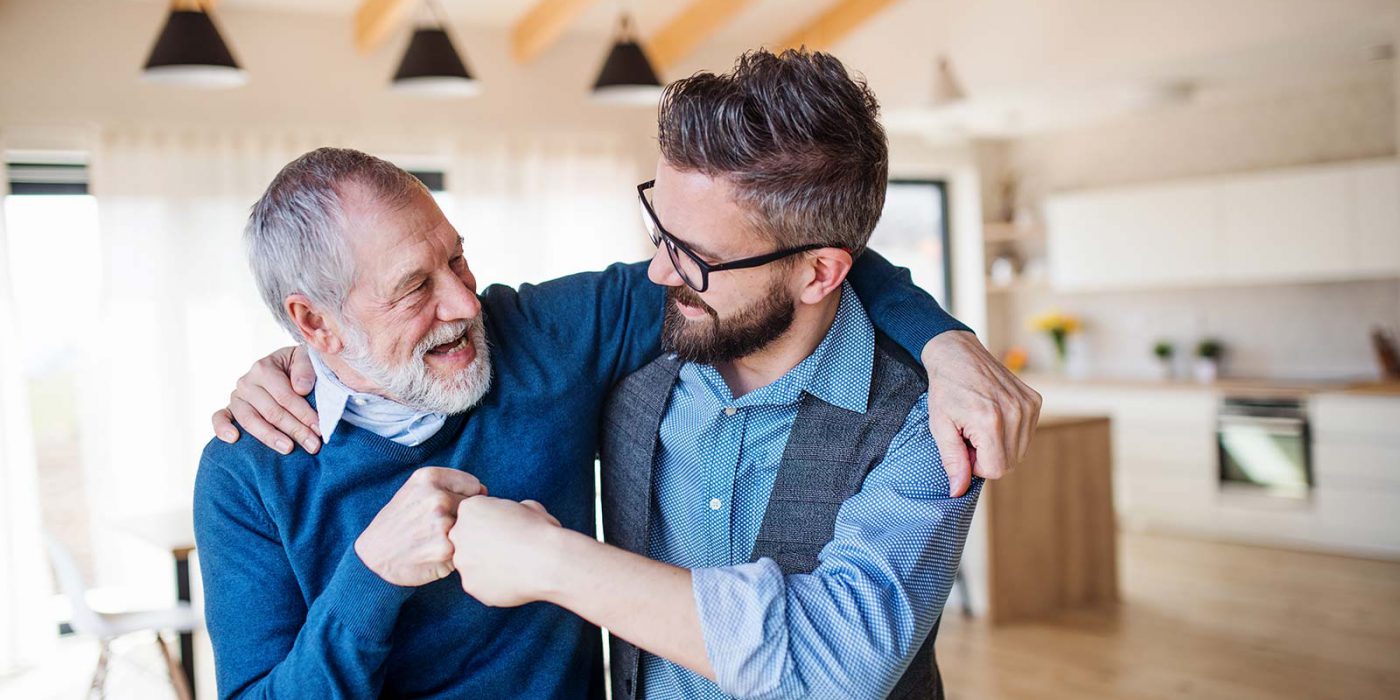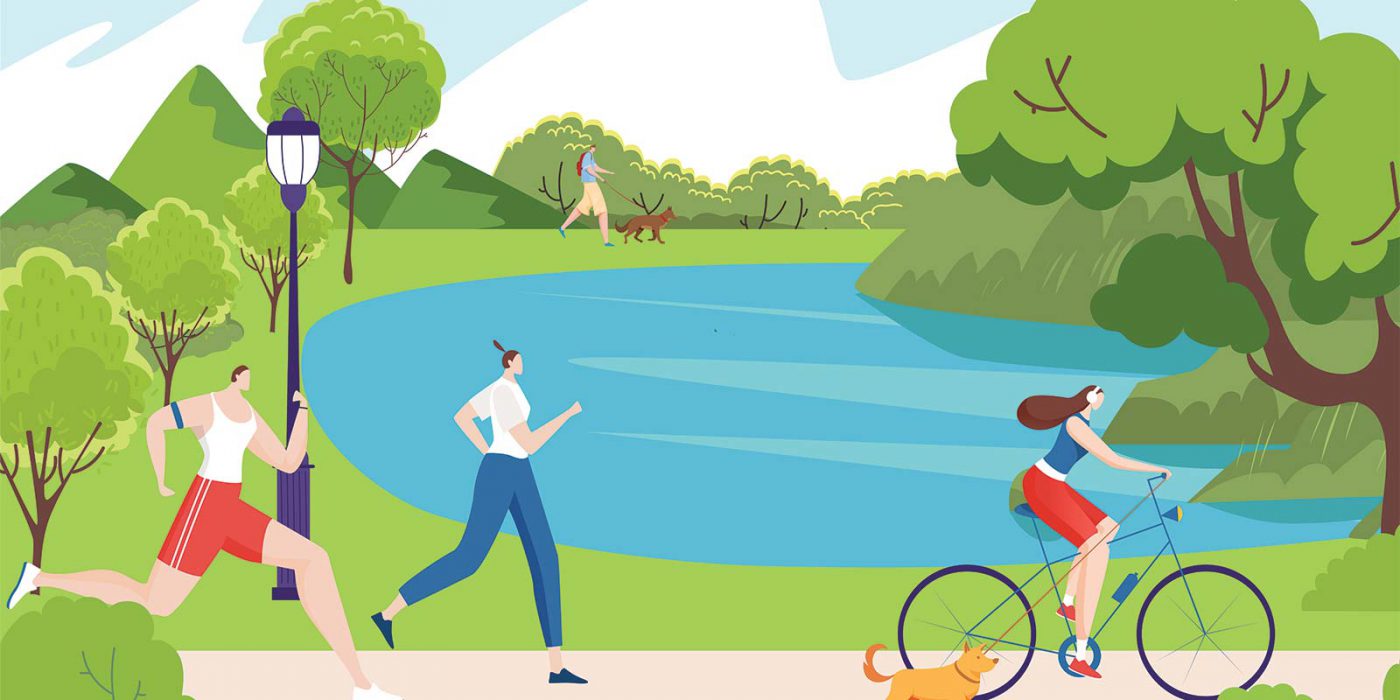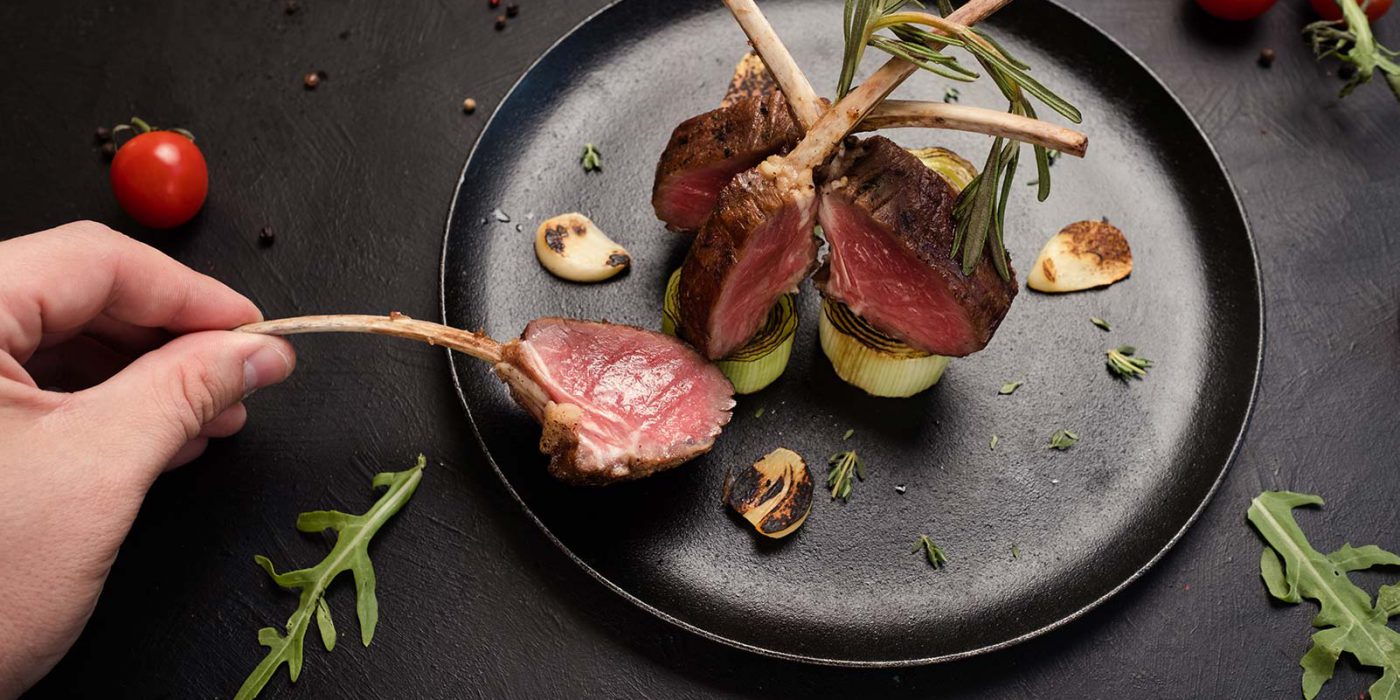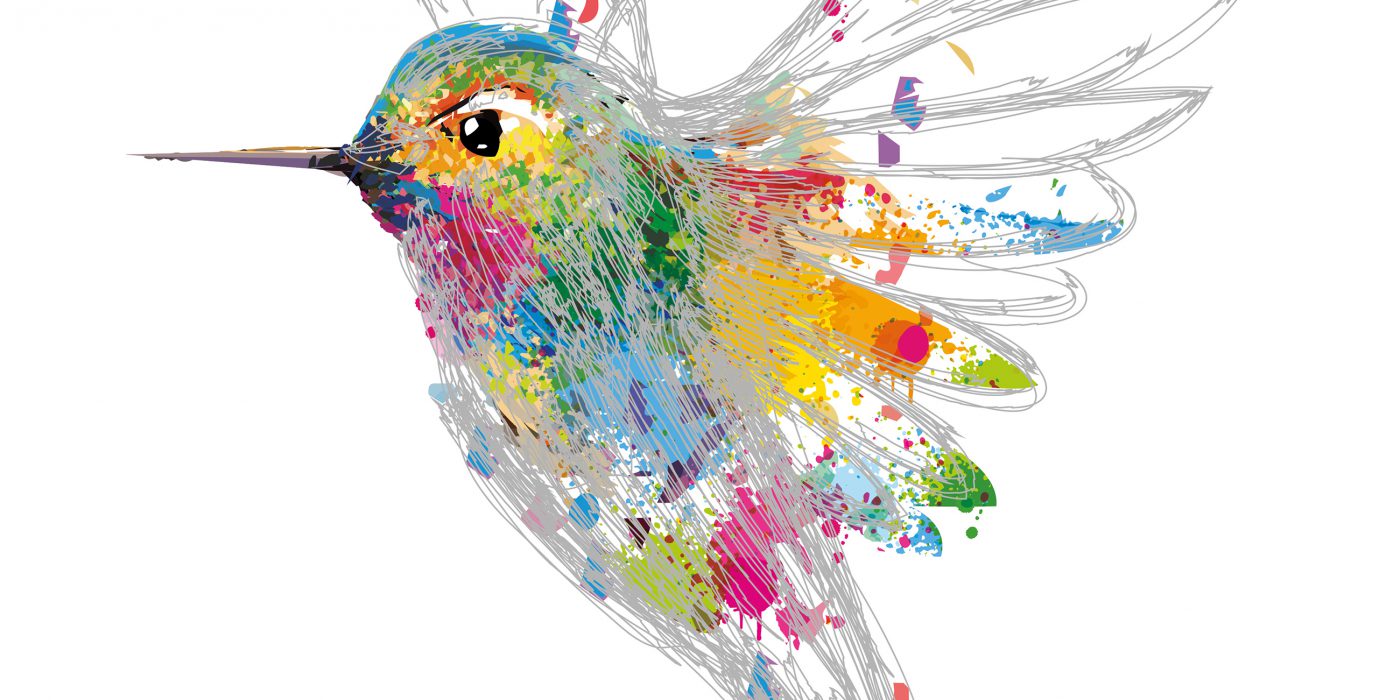A Wealthy Person Is Rich In Friendship
Some of the great treasures in life are health, family, time and friendship. We’ve said it here before: humans are made for community, we’re built to be social and this Pandemic pause has really challenged our inborn need for connection. In the soul searching we’ve all been invited to do over the last many months, I hope we’ve all learned the value of friendship.
There’s a sign in my kitchen that says “Every friend is a gift, a blessing; a reason to be grateful.” I love our family and I love my friends, who are family by choice.
Growing up, our little clan of five moved from one end of Canada to the other, as my Dad was transferred for work. As a result, we had to forge new friendships a few times as kids and that wasn’t easy. I don’t have those lifelong friendships some people are blessed to have but I also don’t spend a lot of time reliving the past. I’m open to nurturing new friendships as well as maintaining the connections that feel aligned with my values. I’ve also done the challenging work of editing out relationships that in some way are out of step with who I am today.
“Growing apart doesn’t change the fact that for a long time we grew side by side; our roots will always be tangled. I’m glad for that.” -Ally Condie
In order for us to be happy and healthy, especially as we age, our social circles need to be enriching, supportive and positive. Friendship to me is not only companionship: friends help us cope when times are tough and they challenge us to continue growing. In short, friendship is good medicine and science concurs.
Studies show that people with strong social connections have a lower risk of serious health challenges like obesity, anxiety and addiction. The longest running study on happiness by Harvard Medical School has found that “the key to healthy ageing is relationships, relationships, relationships.”
“There is nothing on this earth more to be prized than true friendship.” –Thomas Aquinas
It’s challenging to maintain healthy social circles, depending on our life circumstances. It’s also easy to stop expanding our community, thinking that what we have is enough and sometimes it is. Geography and other priorities in life may mean that friendships take a back seat for a time. But putting in the effort pays off when it comes to friendship. Even when we can’t be together, staying in touch however we can, reminds our beloved friends that they are important and they matter in our lives.
Meeting new people is good for our mental, emotional and physical wellness just as editing out friendships that are not uplifting and supportive is practicing good self-care. There are a number of ways to expand our social circles through church communities, volunteering, through mutual friends, through work or by taking courses. Not every new connection will grow into a meaningful friendship and that’s okay. We’re still pushing out of our comfort zone and that’s what will keep us feeling youthful and protect against cognitive decline.
Friendship, when it works well takes effort. I used to joke that getting my circle of friends together back in the day was like herding cats. I’ve since learned that I don’t want to be a cat herder; I’ve learned that my phone is good for incoming as well as outgoing calls and I know that when a dear friend is struggling, it’s a privilege to be there however I can, to make sure that person knows I care about them.
“When the world is so complicated, the simple gift of friendship is within all of our hands.” —Maria Shriver
Friends make us feel that we belong; that we’re okay exactly as we are. Friendship provides a sense of purpose and meaning, giving us confidence and increased self-worth. In my view a good friend brings joy that fuels happiness.
Here are a few tips to help when it comes to making new friends and maintaining existing friendships.
- It’s okay to feel uncomfortable about making new friends. Prepare yourself with some engaging conversation points and you’ll feel more comfortable.
- Be a good listener. Ask creative and meaningful questions to learn more about your friends. Only give advice if you’re asked for it.
- Don’t wait for someone else to make the first move. Take the initiative and invite someone you want to get to know to meet for lunch or tea.
- Go for a walk. Talk with your neighbours; you never know a new friend could be one conversation away.
- Be trustworthy. Honour your word; if someone confides in you keep their confidence.
- Make your friendship a refuge from our chaotic world. Always be kind.
Until next time, I’ll leave you with some wisdom from a beautiful soul:
“For beautiful eyes, look for the good in others; for beautiful lips, speak only words of kindness; and for poise, walk with the knowledge that you are never alone.” -Audrey Hepburn
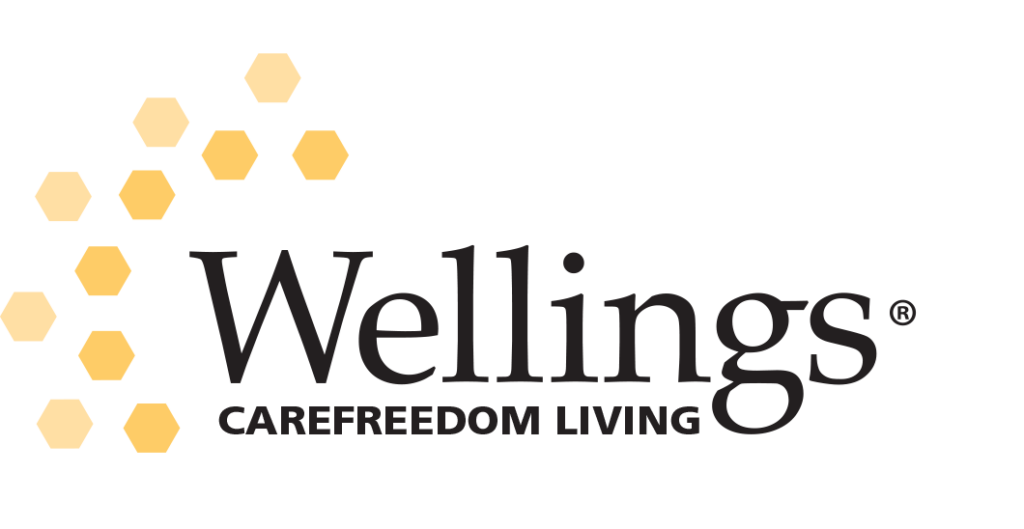
This Wellings blog by Kathie Donovan was exclusively written for Wellings Communities and appeared first on MyWellings.com.



